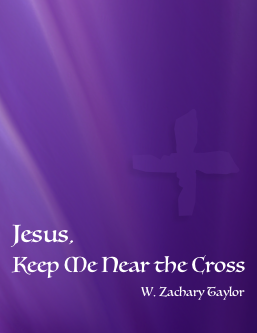
Ĭharles felt renewed strength to spread the gospel to ordinary people and it was around then that he began to write the poetic hymns for which he would become known. Scene of Charles Wesley's conversion by faith in Christ on May 21st 1738". It reads, "Adjoining this site stood the house of John Bray. Martin's Le Grand, marks the site of the former house of John Bray, reputed to be the scene of Charles' evangelical conversion. A City of London blue plaque at 13 Little Britain, near the church of St Botolph's, Aldersgate, off St.

In 1738 the Wesley brothers had religious experiences: Charles experienced a conversion on 21 May, and John had a similar experience in Aldersgate Street just three days later. On 16 August 1736, he sailed from Charleston, South Carolina, never to return to the Georgia colony. In July 1736, Charles was commissioned to England as the bearer of dispatches to the trustees of the colony. Matters did not turn out well, and he was largely rejected by the settlers. Simon's Island, arriving there Tuesday, 9 March 1736 according to his journal entry. Charles was appointed Secretary of Indian Affairs and while John remained in Savannah, Charles went as chaplain to the garrison and colony at nearby Fort Frederica, St. On 14 October 1735, Charles and his brother John sailed on The Simmonds from Gravesend, Kent for Savannah in Georgia Colony in British America at the request of the governor, James Oglethorpe. Charles followed his father and brothers into Anglican orders, being ordained as a priest in September 1735. Charles tutored while studying he graduated in 1732 with a master's degree in classical languages and literature. The Wesleys' future colleague, George Whitefield joined the group. Other students mocked them, saying they were the " Holy Club", "Sacramentarians", and "the Methodists", being methodical and exceptionally detailed in their Bible study, opinions and disciplined lifestyle. They focused on studying the Bible and living a holy life. Īt Oxford, Charles formed a prayer group among his fellow students in 1727 his elder brother, John, joined in 1729, soon becoming its leader and moulding it in line with his own convictions. He was selected as King's Scholar in 1721 and head boy in 1725–26, before matriculating at Christ Church, Oxford. In 1716, at the age of 8, he entered Westminster School, where his brother Samuel was usher. He was born in Epworth, Lincolnshire, England, where his father was rector. The 'Lily Portrait' of a young Charles Wesley, in the New Room, Bristol Early life Ĭharles Wesley was the eighteenth child of Susanna Wesley and Samuel Wesley. In particular, Charles was strongly opposed to the idea of a breach with the Church of England into which they had been ordained. From 1756 his ministry became more static and he ministered in Bristol, and later London.ĭespite their closeness, Charles and John did not always agree on questions relating to their beliefs.


In 1749, he married Sarah Gwynne, daughter of a Welsh gentleman who had been converted to Methodism by Howell Harris. Following their evangelical conversions in 1738, the Wesley brothers travelled throughout Britain, converting followers to the Methodist revival through preaching and hymn-singing. Charles followed his father and brother into the church in 1735, and he travelled with John to Georgia in America, returning a year later. John Wesley later joined this group, as did George Whitefield. He was educated at Oxford University, where his brothers had also studied, and he formed the " Holy Club" among his fellow students in 1729. He was a younger brother of Methodist founder John Wesley and Anglican cleric Samuel Wesley the Younger, and he became the father of musician Samuel Wesley and grandfather of musician Samuel Sebastian Wesley. His works include " And Can It Be", " Christ the Lord Is Risen Today", the carol " Hark! The Herald Angels Sing", and " Lo! He Comes With Clouds Descending".Ĭharles Wesley was born in Epworth, Lincolnshire, the son of Anglican cleric and poet Samuel Wesley and his wife Susanna. Charles Wesley (18 December 1707 – 29 March 1788) was an English leader of the Methodist movement, most widely known for writing the words for over 6,500 hymns.


 0 kommentar(er)
0 kommentar(er)
